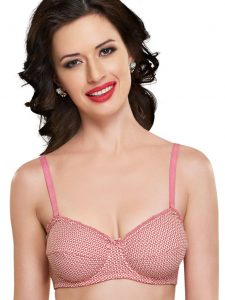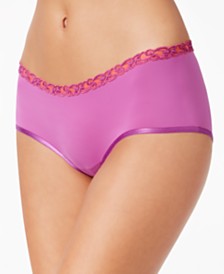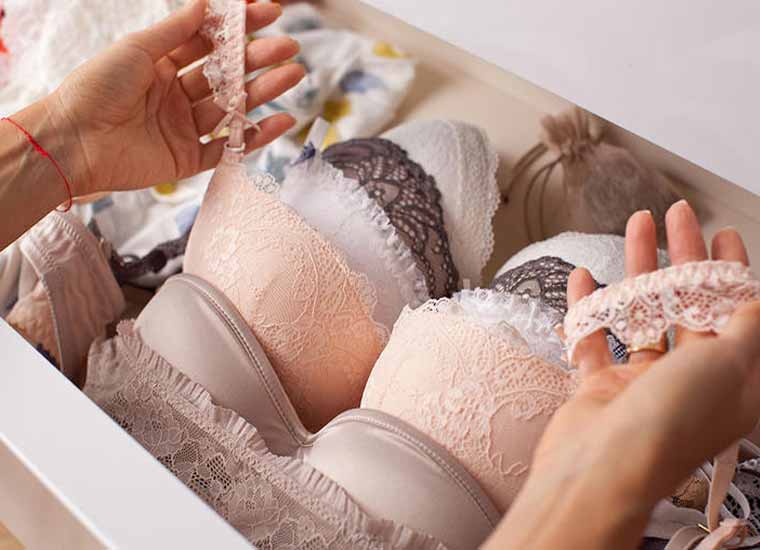Today,the world of Lingerie is so wide and different. While nylon is still used in making lingerie and is a fine choice for many applications, both ready-made and home sewn lingerie garments are made in a much wider range of fabrics, including both natural and synthetic fibers. Lingerie makers have an array of fabrics to choose from when making your own lingerie and loungewear, some of which you may not have considered before. Your choice in fabric will largely determine the final look and feel of any lingerie garment you make, so picking the fabric and fiber that’s right for you is one of the most essential creative decisions you can make.
Bamboo:
Bamboo pulp accounts to a natural fabric that’s light, breathable, and moisture-wicking—it also protects your skin from ultraviolet rays. It feels soft, repels odors, regulates your temperature, and is UPF 50+. Many major brands blend chemical-free bamboo with organic cotton, wool, and spandex to make wonderful fabrics. Bamboo is the Swiss Army Knife of performance fabrics. You could run a marathon, then go to spin class, then runs errands, and you’ll stay fresh, dry, and sun-protected. That says that wearing a bamboo bra is as advantageous as wearing a scientifically crafted bra.

Inner Sense Light Red Frilly Bra
Cotton:
Cotton is a strong fiber with a soft touch and high absorbency. It is often printed, and can be found in a large array of prints in both woven and knit categories. Cotton fabrics often cast a simple, casual look that works well for everyday lingerie garments
Nylon:
Famously used to make women’s stockings, the synthetic fabric is soft as silk and dries quickly. It’s also breathable and wicks sweat from your skin to the fabric’s surface, where it can vanish. You’ll find nylon in sportswear bras. It can with stand even the sweatiest of workouts. Nylon enables tremendous stretch and recovery, so your panties move with you.

Nylon Panties
Polyster:
Polyester is the workhorse of the workout fabrics, the one you see on labels most often. Chiefly plastic cloth, it’s durable, lightweight, wrinkle-resistant, breathable, and non-absorbent, which means that moisture from your skin evaporates instead of being drawn into the material. Polyester also repels UV rays and insulates you even when it’s damp. That’s why some companies use polyester in warm-weather wear like the tennis Tournament Dress use 90 percent polyester.
But Polyester’s main drawback is the stink factor. Synthetic material can cultivate bacteria growth, and it also doesn’t dry quite as quickly as polypropylene or nylon.
Spandex: Also known by the name Lycra, spandex is a fiber with both high stretch and high recovery. It is used in everything from dance costumes to high performance active wear to ready to wear pants, dresses, blazers, and more. It is most usually blended in small amounts with other fibers to increase stretch and recovery, and can be found in both knit and woven fabrics.

Knit Bras
Knit Fabrics:
Lingerie can be made from either knit or woven fabrics depending on the type of garment, the amount of ease and support, and the choices of the wearer. Knit fabrics are crafted with a knitting machine, which produces interlocking loops of thread that allow the final fabric to stretch. Although you may think instantly of jersey fabrics, there are many other knits you might try when making lingerie, from the tissue thin to the strong and sturdy. Knits come in a range of weights, finishes, stretch capabilities, and drapes.

